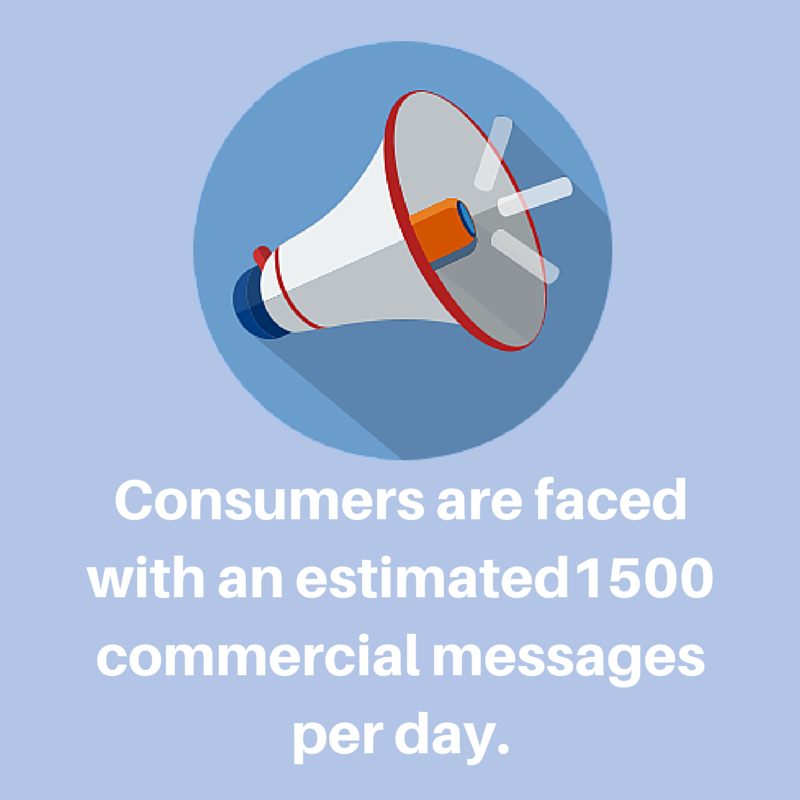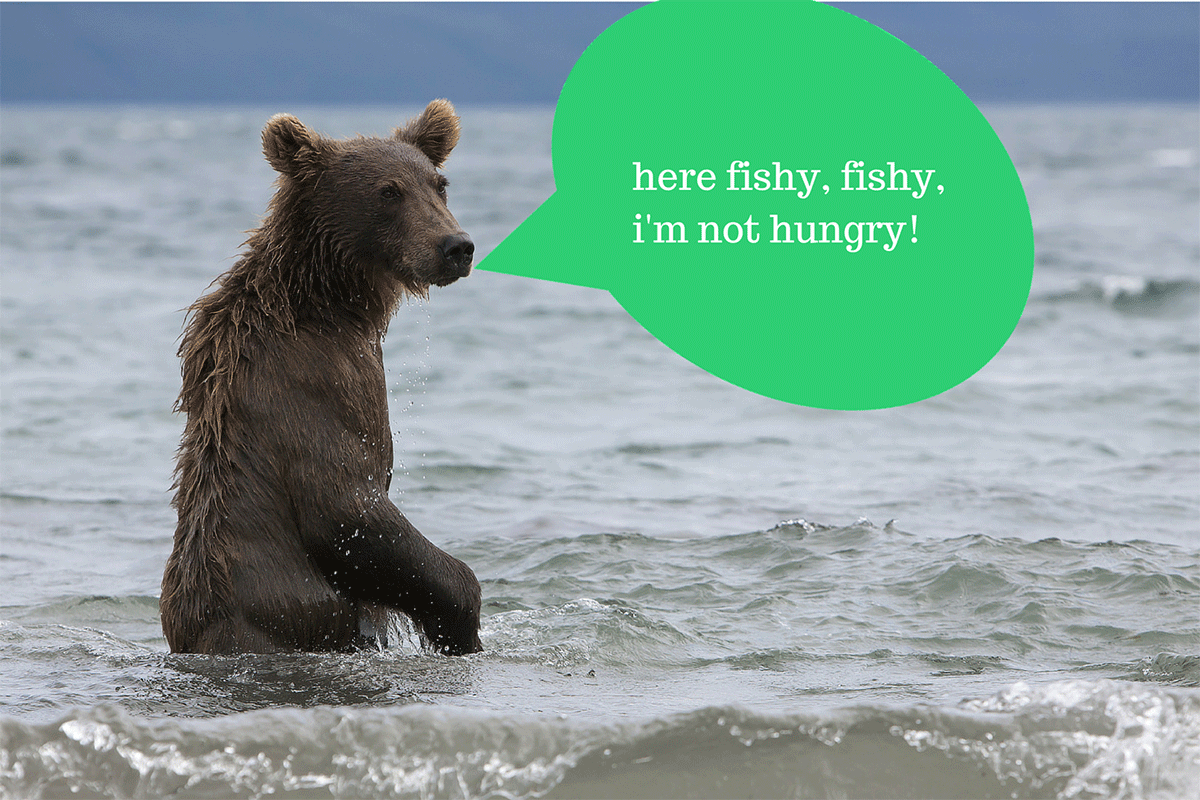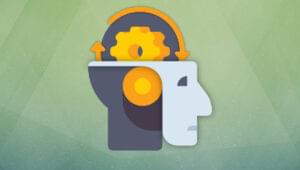
It was 1959 and Doyle Dane Bernbach (DDB) had a problem.
Volkswagen had hired the New York City ad agency to create a new marketing campaign for the Volkswagen Beetle, but the Volkswagen Beetle was not an easy sell. For one thing, Volkswagen originated in Nazi Germany, and the Beetle was contracted by Adolf Hitler.
But its tarnished history wasn’t the Beetle’s only liability. The late fifties were a time of economic boom and growing families, and the small, compact Beetle didn’t gel with the larger, flashier cars of the era. Faced with such a predicament, DDB tried a bold new strategy. They created the Think Small campaign.
Think Small, which Ad Age ranked as the best advertising campaign of the 20th century, openly acknowledged the Beetle’s incongruity in the marketplace, and illustrated the car’s perceived faults (small, ugly) as advantages (simplicity, minimalism). The campaign worked. Beetle sales skyrocketed, and a new advertising strategy was born.
It’s been more than 45 years since Think Small, and the strategy, now known as a “two-sided appeal,” shows no signs of dying out. Marketers still rely on it, and consumers still respond to it.
But why? In an age when the market has never been more cluttered and consumer cynicism has never been more rampant, why do these campaigns still resonate with people?
Margaret Campbell, Professor of Marketing at University of Colorado Boulder’s Leeds School of Business, broke down this psychological Rubic’s cube into four distinct reasons.
Attention

“Consumers are faced with, people estimate, about 1500 commercial messages a day,” Campbell said. “Any consumer is filtering out most of that … When you have a message that starts with something opposite you believe, you tend not to pay attention to it.”
Think about it. During a commercial break you’re hit with ad after ad reinforcing the status quo. Buy life insurance, everyone needs it! Watch this sitcom, it will make you laugh! Download this app that does the thing that it’s supposed to do!
You drown it out. It’s nothing new. But then a Domino’s Pizza commercial comes on, and the first words you hear are: “This is not acceptable.” You look up at the TV and there’s the CEO holding a picture of a grotesquely misshapen excuse for a pizza, and you think, “darn right that’s not acceptable!”
Suddenly, you’re paying attention.
Credibility

We all hold our own opinions about certain brands. You might think Comcast is greedy, or Apple is pretentious, or Dove products are made from real doves. But if a source acknowledges your beliefs, “they seem a lot more believable than if they’re just completely ignoring something,” Campbell said. “It tends to make the source seem more credible.”
For example, the marketing team behind one of Buick’s recent campaigns recognized that most people thought of Buick as an old person’s car. Instead of pretending that this belief didn’t exist, they placed the idea at the core of the campaign. The new Buick advertisements suggest that because their cars are now so modern, sleek, and stylish, nobody recognizes them.
These advertisements also communicate to the consumer that Buick is not out of the loop. They're plugged in, savvy to their own unimpressive image, and smart enough to validate the consumer’s beliefs.
Sincerity

A marketer trying to convince a consumer of their sincerity is like a grizzly bear trying to convince a salmon that he isn’t hungry. Marketing is about selling, and people are inherently skeptical when being sold to. However, a well-crafted two-sided appeal can go a long way in cultivating consumer trust. Yes, it’s still a tactic, and the intent is still to sell you something, but no matter how calculated the strategy, the company still has to admit their faults.
“The sincerity works for people, it makes them take the communication more seriously,” Campbell said. “When Domino’s comes out and says, ‘OK we heard you, and you said our taste isn’t very good,’ then wow, that suddenly is a much more sincere-seeming communication than if they just come out and say, ‘We have the best tasting hottest fastest pizza around.”
Persuasion Knowledge
“If you think about the world today, consumers know a lot about marketing,” Campbell said. “They’re not naive, just being poked around by marketers. They know things about marketers, they have theories about marketers and marketing.”
What Campbell is describing is called “persuasion knowledge,” and it refers to the mechanisms consumers use to cope with being marketed to. Someone with persuasion knowledge is hip to the game. Whereas before they might not think twice when a movie character drinks out of a clearly labeled Coke can, now they register it as product placement, and filter it out.
An effective two-sided appeal doesn’t always set off the same alarm bells. Campbell said that because the communicator is being more thoughtful in their approach, the consumer feels safe to be more thoughtful in their judgement. A two-sided appeal challenges a consumer’s persuasion knowledge, and asks them to reevaluate any previously held perceptions of the brand, and of marketing in general.
Risks
Despite its advantages, two-sided appeals don’t always work. Certain consumers won’t take to the message, no matter how earnest or self-deprecating. Others might simply find the ad boring, or not relevant to their interests. But the biggest risk of a two-sided appeal is that by admitting something negative about their brand, a company will invite even more negativity.
“Don’t bring up a negative that your audience isn’t thinking about, ” Campbell said.
Buick mitigated this risk by communicating their message subtlety. The advertisements don’t explicitly mention that Buick is thought to be an old person’s car, but the stigma is heavily implied. An audience already familiar with this stigma will pick up on the message right away, but anyone not familiar with the stigma won’t be affected.
Domino’s, on the other hand, comes right out and admits their failures. This puts them in an extremely vulnerable position.
“The consumer might go, ‘wow, they’re admitting they taste bad, so they must really taste terrible!”
Conclusion
By acknowledging their flaws and failures, companies under heavy criticism can regain consumer trust and loyalty. A powerful two-sided appeal can capture consumer attention, establish credibility and sincerity, and neutralize persuasion knowledge. But a two-sided appeal also runs the risk of inviting further negativity.
 Joshua Kraus
Joshua KrausJosh Kraus is a Chicago-born, Denver-based writer and mediocre autobiographist with an interest in art, entrepreneurship, and emerging industries. When he's not writing, he attends to his t-shirt business, Bird Fur. Find him at joshkra.us and birdfurtees.com.

